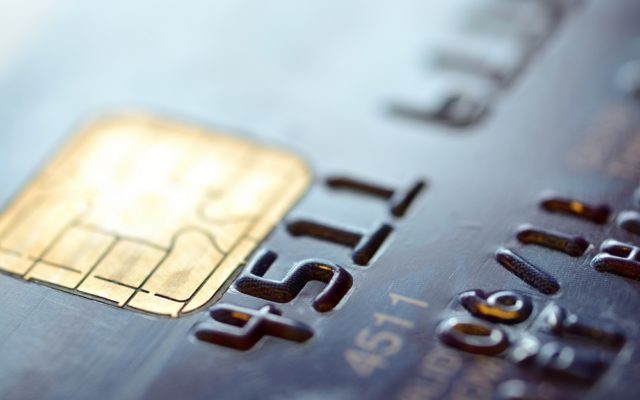The modern digital transformation is appropriately named because it’s affecting everything. From retail transactions and customer service tools to data-heavy operations like analytics, nearly every industry is seeing quite the evolution. It’s about more than just going digital, too: It’s about upgrading the convenience and efficiency of various operations or processes.
Banking and finance is certainly no exception. Consumer-facing services in conventional banking are evolving to be more mobile-friendly and online. Enterprise-level financing and accounting are seeing a similar change.
Payment processing and payment solutions, in particular, are seeing the most significant upgrade thanks to modern technologies. Customers can now pay online, via mobile devices, contactless systems and even via upgraded chip-based cards. Meanwhile, corporate payments, on the other hand, have remained relatively unfettered, at least until now.
Innovation has begun in the B2B payment world
Surprisingly — or perhaps not so — is that most business customers are still paying their invoices via paper checks. It seems strange to see the enterprise world so far behind, especially when compared to the consumer side of things. It’s not necessarily that B2B customers want to pay the old-fashioned way, but because there are too few alternatives.
Digital solutions also offer something no archaic or conventional process could, and that’s speed. Almost all digital payment solutions are instant, with money transferring almost immediately from one account to another after a brief grace period. That isn’t such a big deal between national parties, but when dealing with international customers, it can save a lot of time.
Things are starting to heat up, too, as FIS recently announced it’ll be using Visa’s B2B Connect for cross-border payments. It’s mainly meant to help small to medium-sized businesses conduct more reliable transactions, without also requiring them to upgrade the bulk of their hardware and technology first.
The widespread digital transformation of the industry is forcing these kinds of changes, primarily because it helps companies recover unclaimed value. As such, there are several events currently playing out in the B2B payments market.
Virtual card payments are here to stay
For a while now — they first appeared in 2009 — virtual card services have been the more prominent form of digital payments in B2B. There is no credit card or plastic involved. Instead, account owners get issued a 16-digit card number and CVV to use digitally, but the card is single-use only. More importantly, it is usually tied to a specific vendor and often limits the amount a user can spend — totals are pre-specified.
This system protects the connected business account and ensures a vendor cannot charge more than the transaction is supposed to be. It significantly reduces the potential for payment fraud, while still offering the many conveniences of digital payments.
One downside to this is that there are often more transactions to process because these virtual cards are one-time-use only. Luckily, they can be batch-processed in the same way regular cards and checks are.
Electronic checks will continue to dominate
Paper checks are out, and electronic checks are in. It’s rare to see any business — big or small — giving out paper checks for transactions these days. Even when companies use them, they’re merely a placeholder providing a physical paper trail for any transpired exchange.
E-checks are the go-to for payments in today’s landscape, not just because of how convenient they are, but also because they offer security. No personal information gets exchanged with a third party in the process. Instead, the data goes through a secure portal and the check-handling company and banks manage the entire exchange. That allows secure payment processing, while any sensitive information is away from prying eyes.
Peer-to-Peer payments will rise
It will be some time yet before the B2B space considers peer-to-peer payments more lucrative, but thanks to services like Paypal, they are gaining considerable ground. The technology itself, along with some new changes, will allow business owners to use these platforms more freely.
Payment solutions, in particular, are getting upgraded to allow for more robust and numerous opportunities. You can find support for Venmo, Paypal, Google and Samsung Pay, Dwolla and many others out in the wild.
ACH payments will return to the limelight
Automated clearinghouse, or ACH, payments are seeing a resurgence in the B2B industry. Upgrades have made them more efficient while allowing them to offer lower fees and faster exchange times. Most institutions promise same-day deposits for ACH payments.
Admittedly, the fees are higher than using something like a virtual card, many of which offer rebates or additional perks. It means ACH payments won’t be as appealing, especially to smaller businesses, but the opportunity is there.
B2B payments are evolving
One thing is clear: B2B payments and opportunities are seeing a shift toward more digital, convenient opportunities as opposed to the outdated paper-based methods from days of old. It’s good news for everyone because it means financial processes can be more efficient and automated. It will also alleviate some of the error that stems from manual processing.
The question is, are you ready?
Article by channel:
Everything you need to know about Digital Transformation
The best articles, news and events direct to your inbox
Read more articles tagged: Automation, Featured, Mobile







